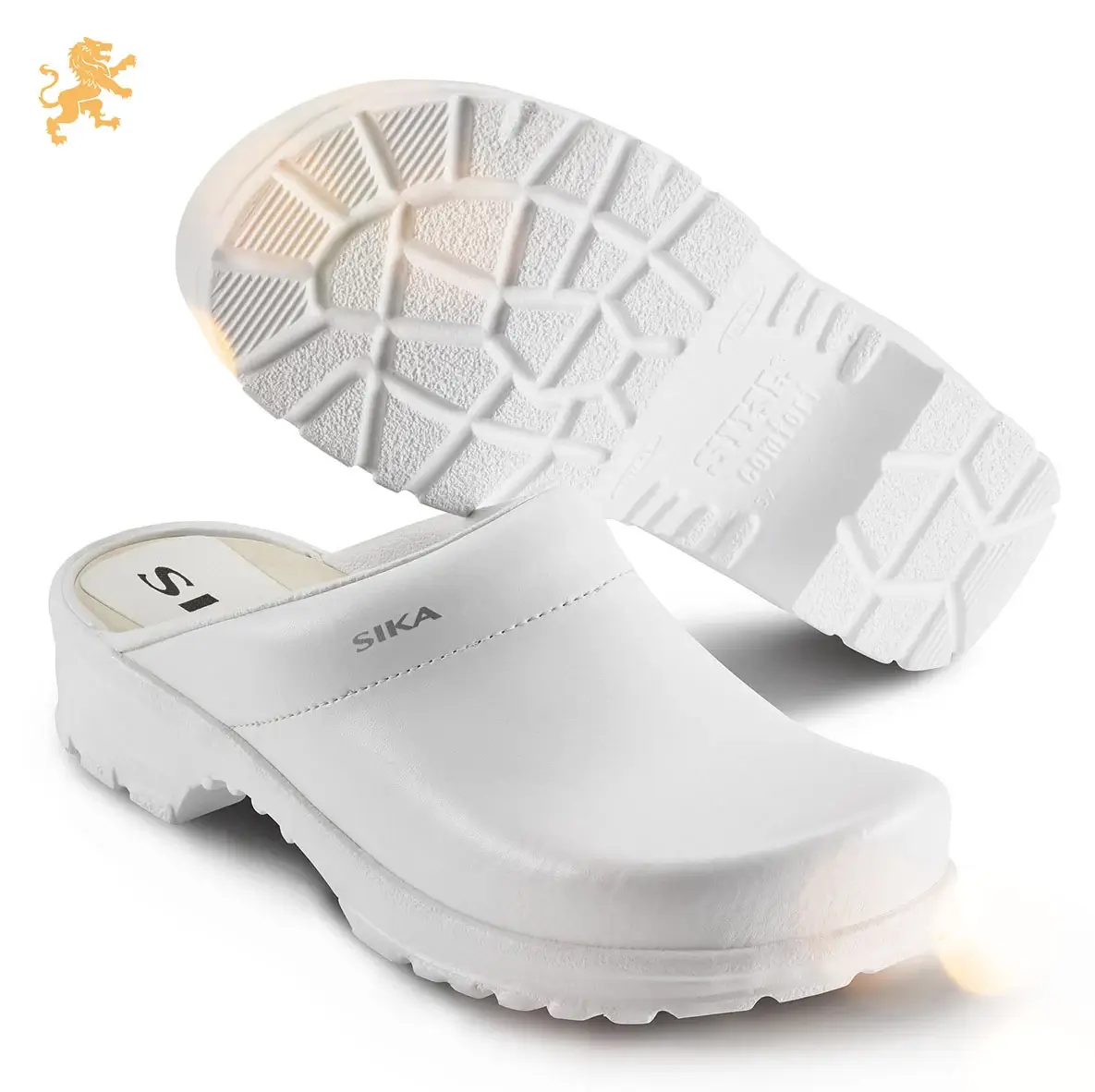
27 Feb Risk Insights: Footwear in Health Care Settings
Footwear is an important issue for health care professionals, many of whom spend long stretches of time standing or walking throughout the day. Good footwear is essential to worker comfort, but comfort concerns must be balanced with safety.
Employer ObOSHA-REGULATIONSligations
It might be tempting to assume that footwear concerns only apply to construction, manufacturing or other professions where heavy machinery, dangerous tools or heights pose an especially large danger. However, health care settings pose a number of hazards, ranging from falling objects, objects piercing footwear, slip, trips and falls, the contraction of bloodborne illness and other potentially infectious materials (OPIMs).
OSHA hasn’t released any footwear guidance specifically tailored to the health care sector, but health care employees engage in work that might bring their feet into contact with several overlapping hazards. In particular, employers in health care settings need to be mindful of the standards regarding protective footwear and the standard regarding contact with bloodborne pathogens.
Protective Footwear Standards
OSHA has regulations regarding personal protective equipment (PPE), and protective footwear in particular (29 CFR 1910.132 and 1910.136). These standards don’t specify footwear types, but they do mandate that employees must use protective footwear if there is a danger of foot injuries due to falling or rolling objects, objects piercing the sole, or exposure to an electrical hazard. The standards also reference the American National Standards Institute (ANSI) and the American Society for Testing and Materials (ASTM) standards that footwear must meet to be in compliance with OSHA regulations. In health care settings, employees may come into contact with sharp medical instruments, needles, heavy rolling objects (like gurneys or hospital beds), and other heavy medical equipment. Under OSHA standards, foot protection must be used whenever work processes or environments could cause foot injuries. More importantly, from OSHA’s point of view, it is the employer’s responsibility to determine if and when employees are exposed to any hazards.
If employees are exposed, however infrequently, to any hazards during the course of business activities, then during that period of exposure, they would be required to wear protective footwear. If an employee is not exposed to any foot hazards, then the use of protective footwear would not be required.
Bloodborne Pathogens Standard
In addition to protecting their employees from foot injuries, employers have an obligation to protect their employees from contracting illnesses on the job. Specifically, the OSHA bloodborne pathogens standard (29 CFR 1910.1030) requires that employers provide appropriate PPE when there is a risk of occupational exposure to blood or OPIMs. Under this standard, employers must provide adequate PPE at no cost to affected employees.
Bloodborne pathogen PPE is considered “appropriate” only if it does not permit blood or OPIMs to pass through to or reach the employee’s work clothes, street clothes, undergarments, skin, eyes, mouth or other mucous membranes. This requirement is evaluated under normal conditions of use and for the duration of time in which the PPE will be used.
However, when considering what PPE to provide, employers should note that under the bloodborne pathogens standard, PPE excludes general work clothes (including shoes) an individual would normally wear outside of the facility.
For these reasons, health care employers should consider providing PPE for employees to change into (and out of, when leaving the workplace) or PPE that protects workers’ “street shoes” when there is a reasonable expectation that employees’ feet may be exposed to blood.
Drafting a Footwear Policy
OSHA guidelines may not offer the specificity that many employers or employees would like, especially when it comes to questions about certain brands or styles of footwear. The benefit, though, to both employers and employees is that the guidelines allow all parties to find footwear solutions that balance competing workplace needs.
Remember these needs when drafting a dress code or footwear policy. Doctors, nurses and other health care employees need footwear that keeps their feet safe from hazards but that is also comfortable enough to wear during shifts filled with long periods of walking or standing.
Consider the specific hazards that your employees face—both frequently and infrequently—to make sure your policies match the circumstances your employees will actually have to deal with. After all, employees in a clinic might be exposed to radically different hazards than the ones present in an emergency or operating room or laboratory.
Please contact Barrow Group, LLC if you have further questions regarding workplace safety or OSHA compliance.




Sorry, the comment form is closed at this time.